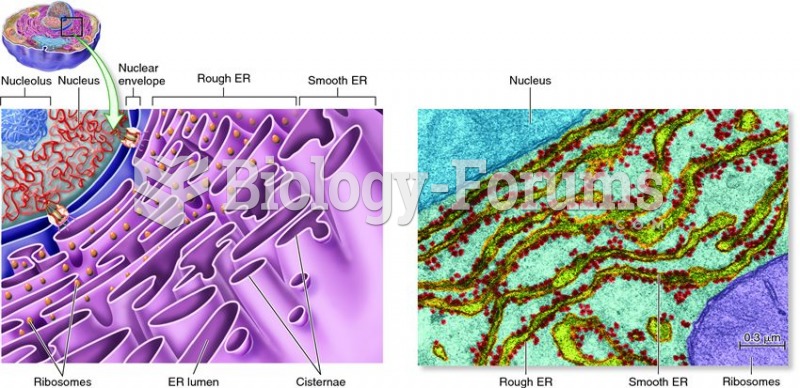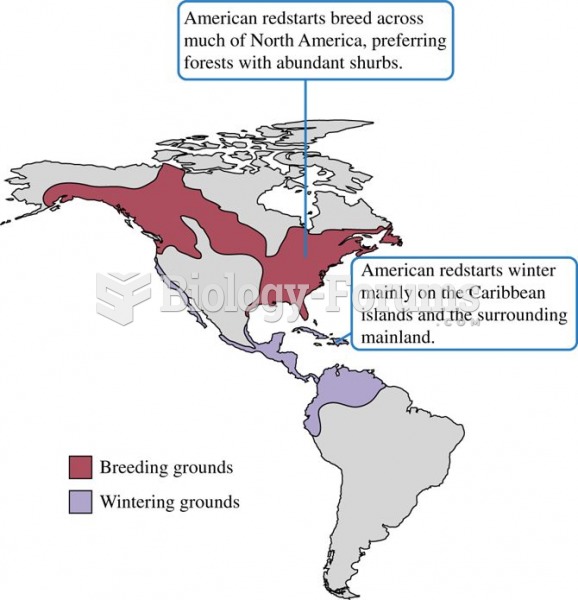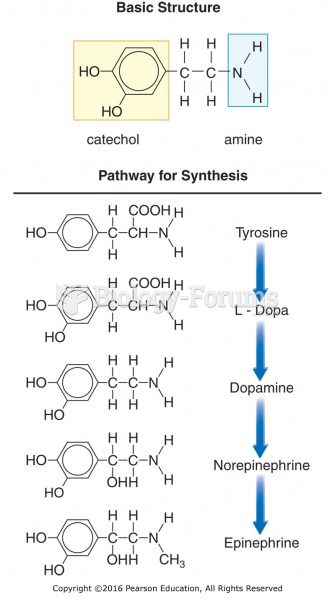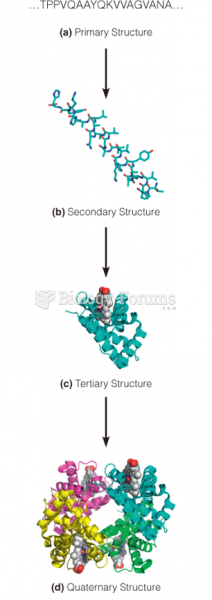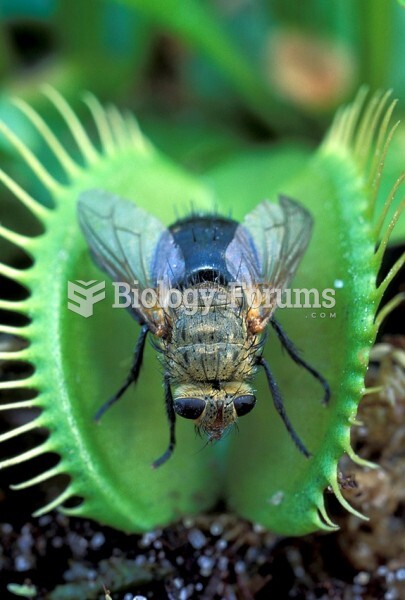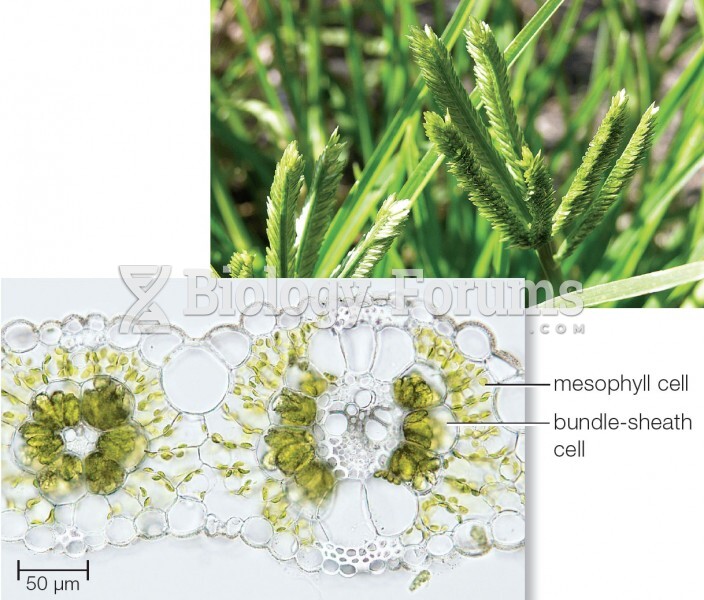This topic contains a solution. Click here to go to the answer
|
|
|
Did you know?
In inpatient settings, adverse drug events account for an estimated one in three of all hospital adverse events. They affect approximately 2 million hospital stays every year, and prolong hospital stays by between one and five days.
Did you know?
Your heart beats over 36 million times a year.
Did you know?
There are approximately 3 million unintended pregnancies in the United States each year.
Did you know?
Medication errors are three times higher among children and infants than with adults.
Did you know?
Colchicine is a highly poisonous alkaloid originally extracted from a type of saffron plant that is used mainly to treat gout.


